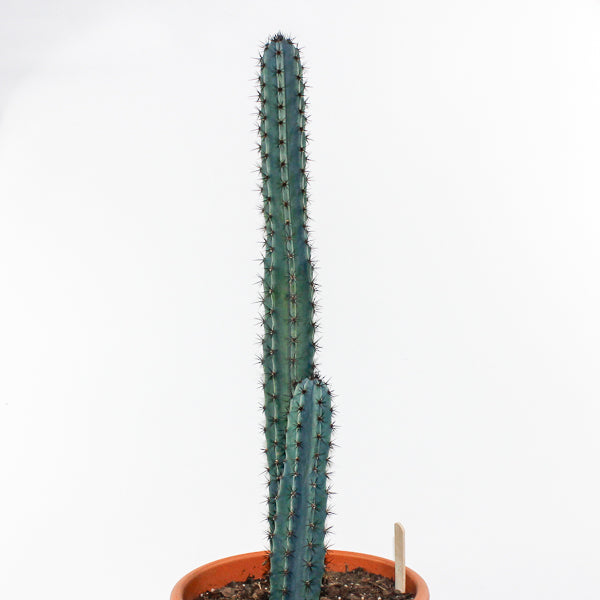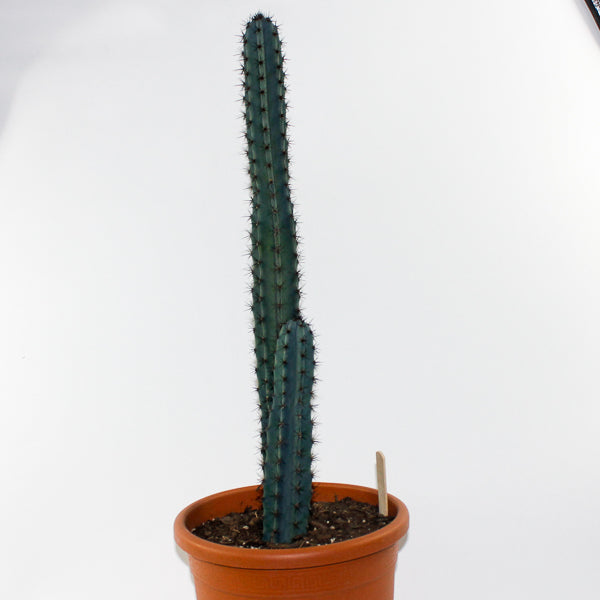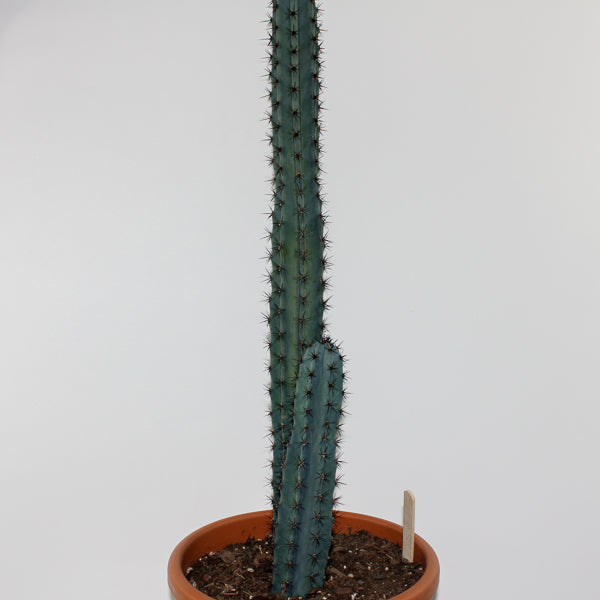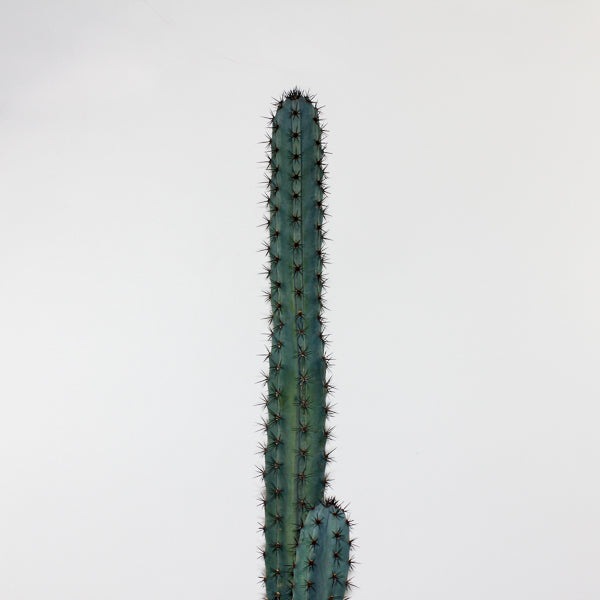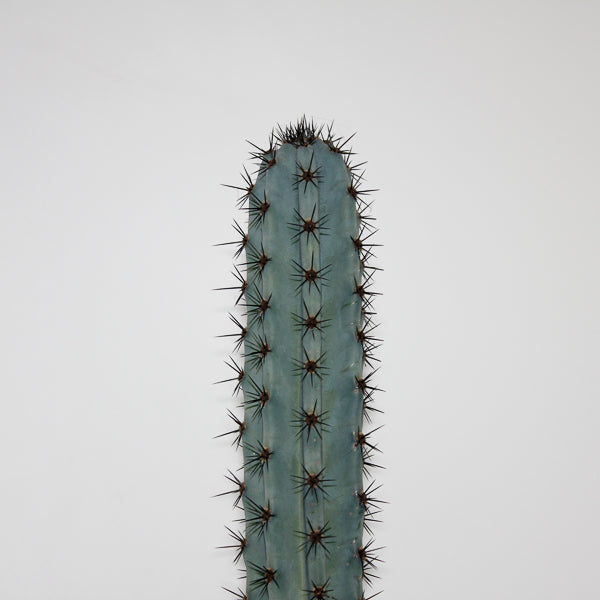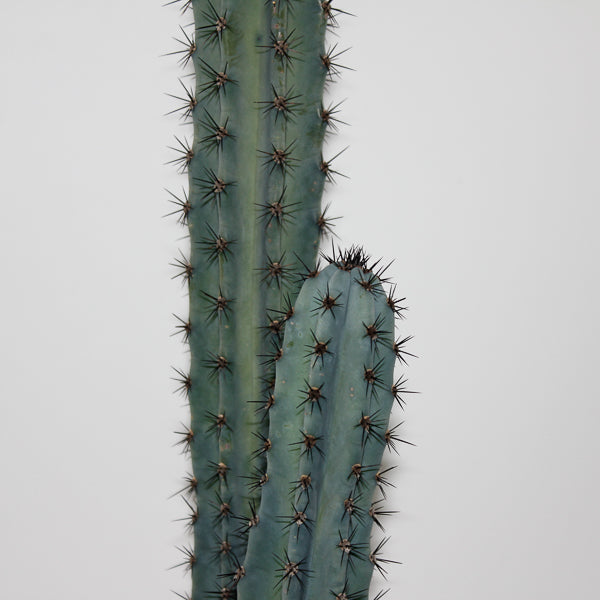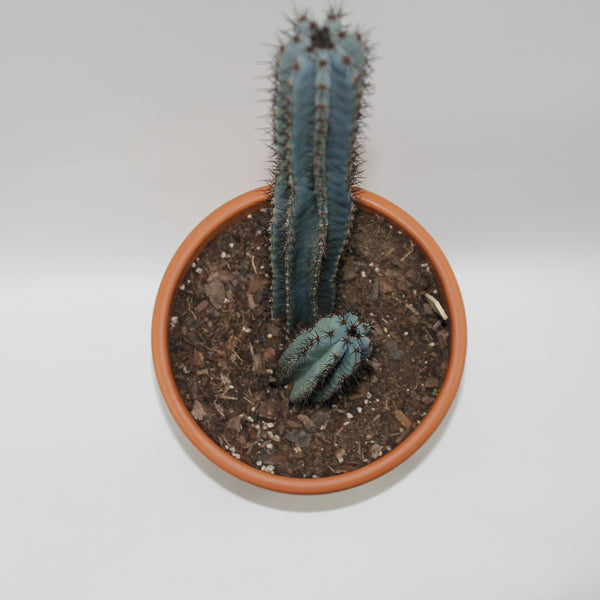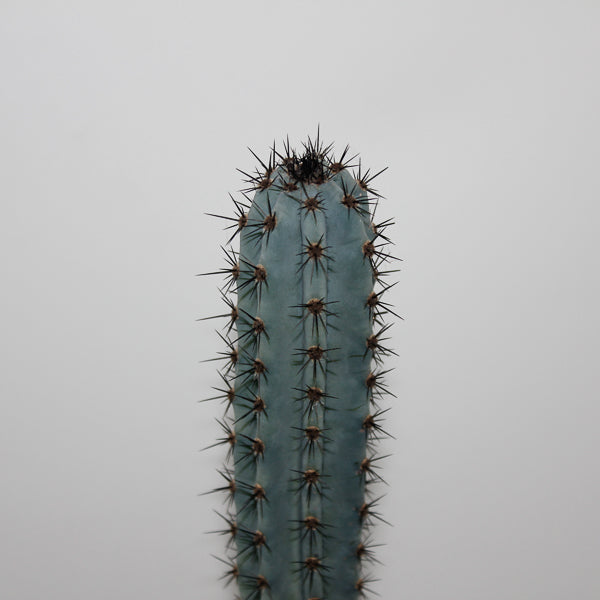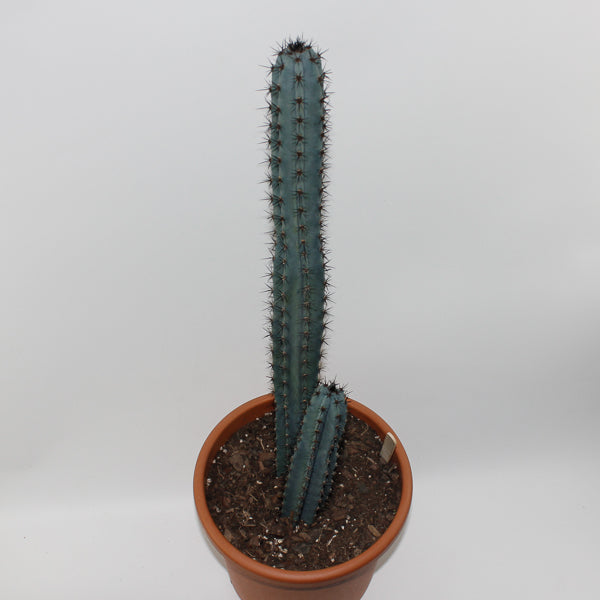1
/
of
9
Emm's Plant House
Trichocereus pachanoi Specimen Ø24cm
Trichocereus pachanoi Specimen Ø24cm
Regular price
£157.00 GBP
Regular price
Sale price
£157.00 GBP
Unit price
/
per
Taxes included.
Couldn't load pickup availability
Trichocereus pachanoi, commonly known as the San Pedro Cactus, is a tall, fast-growing cactus native to the Andes mountains of South America. This columnar cactus is known for its thick, green stems and prominent ribs, which give it a unique, sculptural appearance. It has a long history of cultural significance, especially in traditional Andean medicine and rituals. Its ability to thrive in arid environments and its impressive height make it a popular choice for both collectors and those seeking to add a touch of the exotic to their garden.
- Full Botanical Name: Trichocereus pachanoi
- Common Names: San Pedro Cactus, Huachuma, Aguarico
- Country and/or Region of Origin: Native to the Andes Mountains in South America, particularly in Peru, Ecuador, and Bolivia
- Growing Conditions in Native Habitat: Grows in arid, high-altitude environments with full sunlight, often in rocky, well-drained soils
Care Guide
Care Guide
Share
